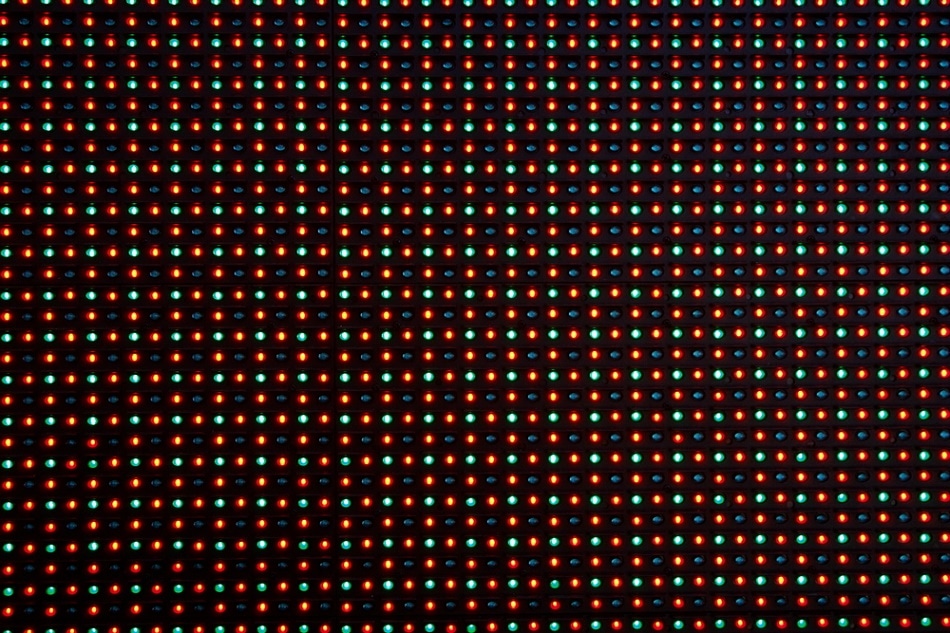Oct 5 2016
 Image Credit: Menna/Shutterstock.com
Image Credit: Menna/Shutterstock.com
Spatial light modulators that serve as a base for LCDs can be manufactured using the results of this case. They are assembled so that all of the pixels can switch the light with some speed, making them weaker or brighter. The rotation of the polarization of light performs the switching.
Tatyana Dolgova, a senior researcher of the Laboratory of Nanophotonics and Metamaterials, Faculty of Physics, MSU, said that the new fast spatial light modulators can be employed while developing 3D displays, holographic memories and the precise magnetic field sensors and refractive index sensors.
The switching speed of the spatial light modulator has a direct bearing on the 3D holographic memory. As liquid crystals execute the polarization rotation by rotating the LCD molecule itself, which takes tens of milliseconds, the speed in these crystals are limited.
Scientists have intended to perform this rotation with the effect found by Faraday, rather than using a mechanical turn. The effect is based on the fact that the light’s plane of polarization is rotated when it passes via a magnetized material.
Japanese physicist, Mitsuteru Inoue, who is one of the authors of the study, proposed the idea of spatial light modulators in the year 1998. The concept was based on magnetophotonic crystals, a new nanostructure. These micro crystals have a two parallel system that functions as the optical resonator.
A considerable “slowing down” of light is the major scope of this, today. When caught in a resonator, a photon travels between these mirrors, and exits after considerable delay. The Faraday Effect increases when a polarized light moving through the crystal is exposed to a magnetic field. The effect grows with every pass from mirror to mirror, becoming much more noticeable.
We are working on magnetophotonic crystals together with Professor Inoue almost from the beginning, and during these fifteen years have learned a lot about these amazing nanostructures. And finally we got to the ultra-fast light modulation. In our experiments with the real crystals we have ensured that the light is about ten times slower than if it is simply in the air. And it increases the Faraday rotation by an order of magnitude!
Tatyana Dolgova, Senior Researcher, MSU
Dolgova believes that there is no paradox between the light’s “slowing down” and the ultrafast modulation that occurs. "The 'slow' light is actually only relatively slow compared to the speed of light in a vacuum, but it is still incomparably fast compared to the speed of the liquid crystal molecules rotation."
During the experiments, the MSU physicists have made sure that the “slow” light’s plane of polarization is transformed rapidly that it becomes considerably different even between the starting and the “tail” of a laser pulse that is 200-femtosecond long (Femtosecond is a term used for one millionth of a nanosecond or one quadrillionth of a second).
Dolgova stated that though the magnitude of the effect gained in MSU is not sufficient for practical use, the limitations are not fundamental. Physicists have clearly demonstrated that it is possible to obtain ultrafast light modulation in magnetophotonic crystals, and the prospects are very good.
Though the modulation rate in liquid crystal is enough for conventional screens, the super switching speed is essential in certain devices in nanophotonics, which use photons rather than electrons to perform photonic switching, logic or counting, optical recording, such as the prospect of developing photonic computers.
Inoue and team have now demonstrated the samples of 3D holographic memory, and presentations for playback of 3D videos and images, while operating with fast magnetophotonic spatial light modulators.